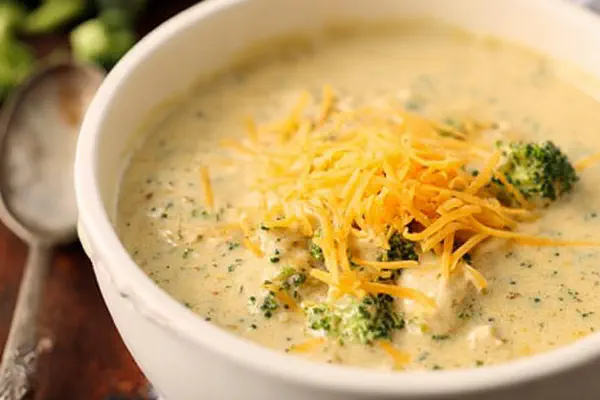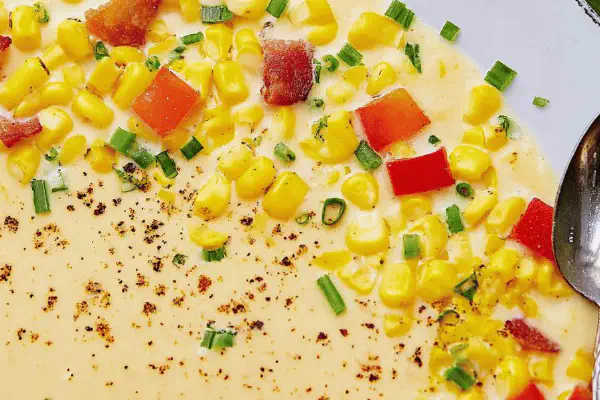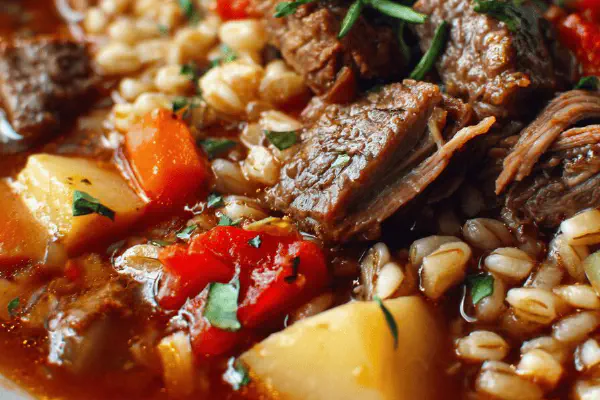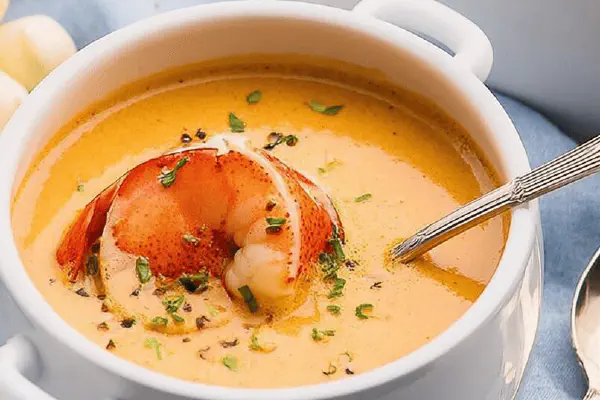Featured Recipe
Shrimp Corn Chowder
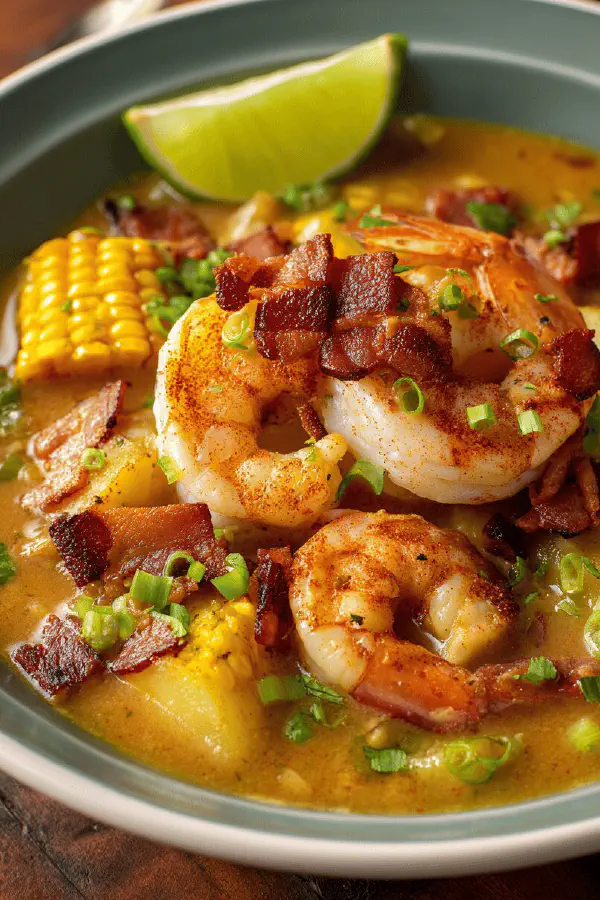
By Kate
"
A hearty chowder with a lightly smoky bacon base, creamy potatoes, fresh corn, and Cajun-seasoned shrimp. Switched clams juice with seafood broth for depth. Slightly reduced starch and boosted fat for silkiness. Simmered potatoes to tender bite, added shrimp late to keep texture intact. A squeeze of lime at the end for brightness. Bacon reserved for crisp garnish adds punch. Easy to swap cream for coconut milk if dairy-free. Perfect for using leftover shrimp, avoid overcooking or it gets rubbery.
"
Prep:
20 min
Cook:
30 min
Total:
50 min
Serves:
2 servings
soup
chowder
seafood
easy recipes
Introduction
Got leftover shrimp? Don’t toss ’em. Here’s a way to turn them into a chowder that sings. Pancetta replaces bacon for a cleaner smoke and salt punch. Shallots swap onions for softer aromatics. Corn and potatoes bulk it up, but keep ’em firm enough to bite through. The key, as always, is timing. Render fat slowly so it crisps without burning. When adding flour, the goal’s no lumps, just a light roux to thicken. Broths mixed for deeper base; clams went out for robust seafood stock. Shrimp go in last, else a rubbery disaster. Cream and fresh lime juice finish the bowl with richness and brightness. Serve with pancetta crunch. Try coconut cream if you want a dairy-free twist. The smell alone will have you hooked.
Ingredients
About the ingredients
Swapping pancetta for bacon cuts back on overpowering smokiness but keeps savor. Shallots add subtle sweetness not found in onions, dissolve better too. Seafood broth combines clam juice and chicken stock strength while calming fishiness. Yukon gold potatoes hold shape better than russets after simmering. Reduced flour slightly prevents gummy texture; chose 20 ml over 30 ml this round. Corn fresh or frozen is fine but fresh has brighter pop. Cajun shrimp seasoning simple: paprika, cayenne, garlic powder, black pepper, salt. Heavy cream can be subbed with coconut cream for dairy-free, or evaporated milk for lighter touch. Lime not lemon; acidity different and pairs with Cajun notes. Salt carefully; some broths saltier than others.
Method
Technique Tips
Start low and slow rendering pancetta; fat must render without burning solids or bitter notes emerge. Remove crisp bits to keep chowder clear, not cloudy with fat bits. Shallots sweat until soft but not color—they impart sweetness and mellow onion bite. Flour gets cooked through bare minimum; raw flour taste is a common flub. Whisk broth in gradually to avoid clumps lumps. Potatoes go in whole-diced, don’t stir constantly; too much agitation breaks them down, chowder turns pasty. Listen for gentle boil; vigorous bubbles break down ingredients too fast. Shrimp go in late; overcooked shrimp become rubbery and ruin bowl. Cream added off-heat keeps it from breaking. Lime juice added last keeps it bright without curdling. Adjust salt post-cream. Use slotted spoon pancetta as garnish rather than cooking in the soup; ensures crunch, prevents sogginess. Leftover chowder will thicken; add broth to thin on reheating. Blitzing a small amount of potato mash is good thickener without flour taste. Patience and texture awareness makes all the difference.
Chef's Notes
- 💡 Start by rendering pancetta low and slow. Listen for that gentle crackle. If it burns, bitterness will creep in. Keep it moving.
- 💡 Use Yukon gold potatoes. They hold shape better than russets. Diced whole; no need to stir too much. Agitation = pasty consistency.
- 💡 Cajun seasoning for shrimp? Balance it out. Don’t drown in spices. Enough for kick but not overwhelming; texture matters.
- 💡 For creamy finish, add heavy cream off heat. Hellooo no curdling. Lime juice after too, brings that fresh kick without drama.
- 💡 If chowder thickens too much on reheating, splash in some broth. Blitz small potatoes for thickening if you run low on flour.
Kitchen Wisdom
Can I use frozen shrimp?
Yes. Thaw first though. Quick cook; don’t overdo it or they’ll be rubbery. Check color.
What if my chowder is too salty?
Add a splash of cream to balance. Or toss in cubed potatoes to absorb excess salt.
How to store leftover chowder?
Refrigerate in airtight container. Consume within a few days. Reheat gently, add broth if too thick.
What's a good substitute for heavy cream?
Try coconut milk for dairy-free. If looking for lighter version, go for evaporated milk.
